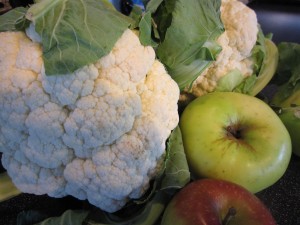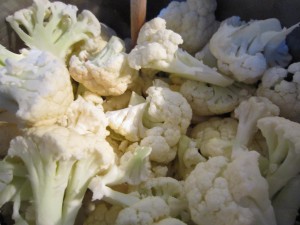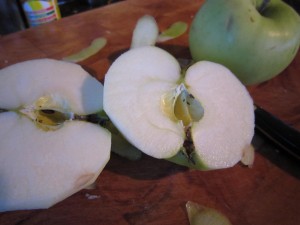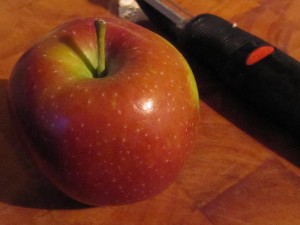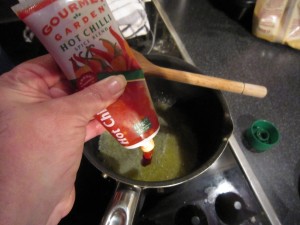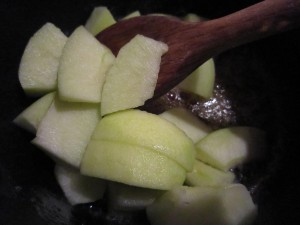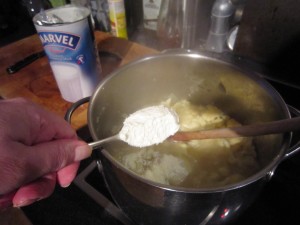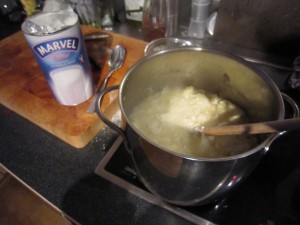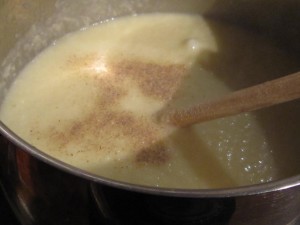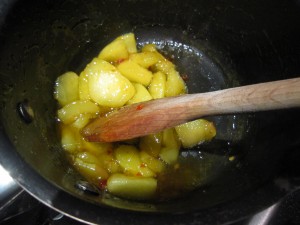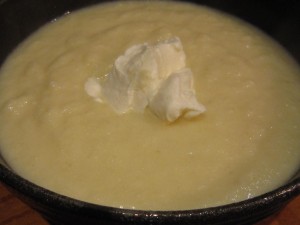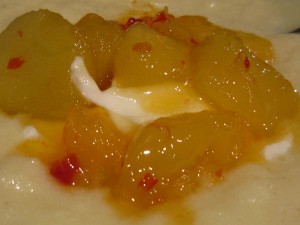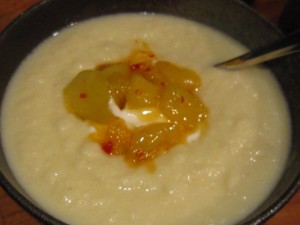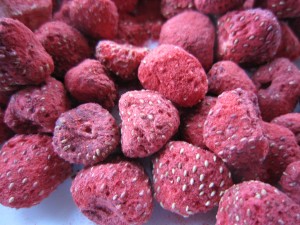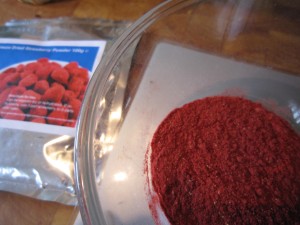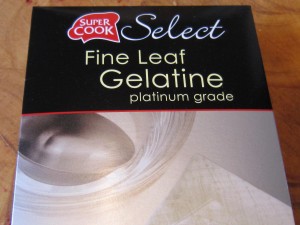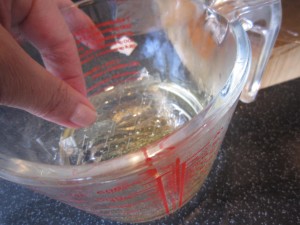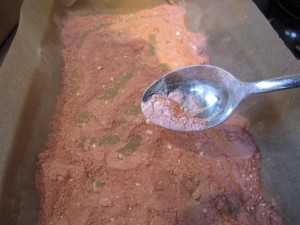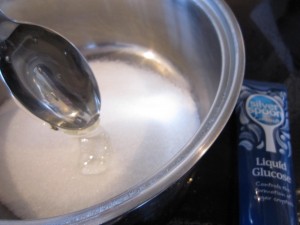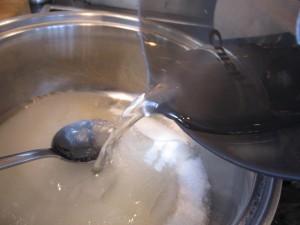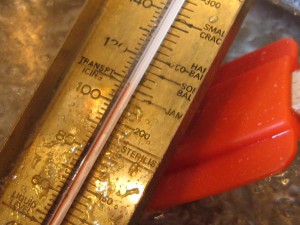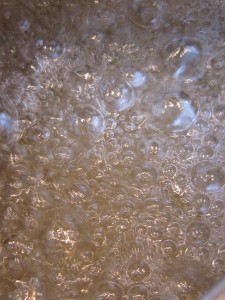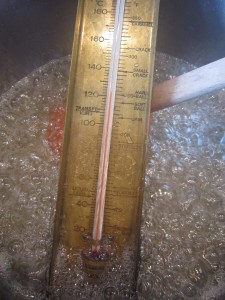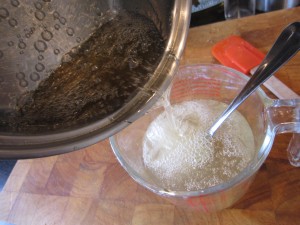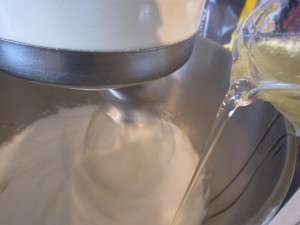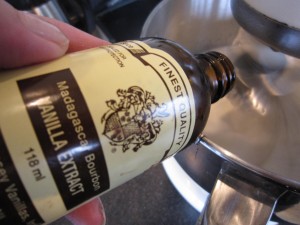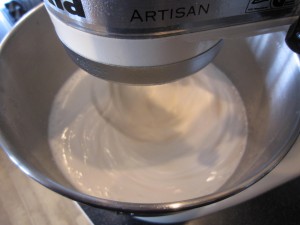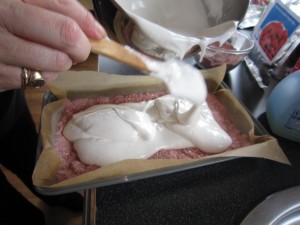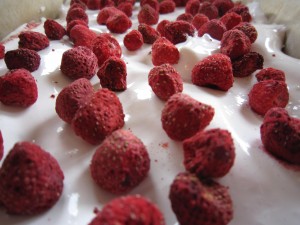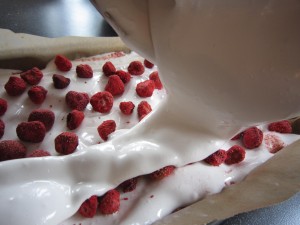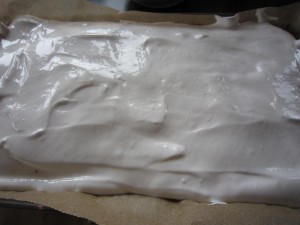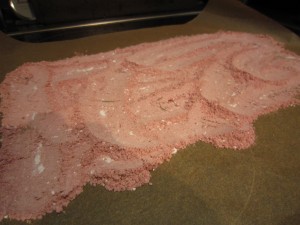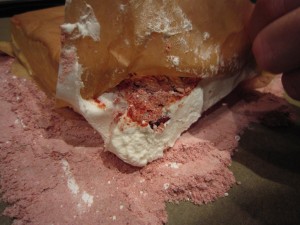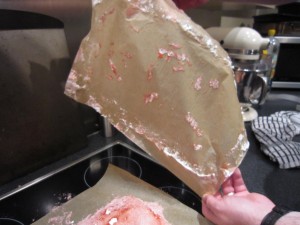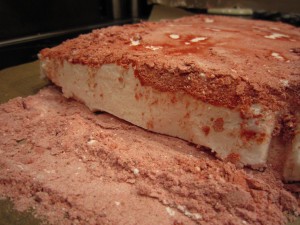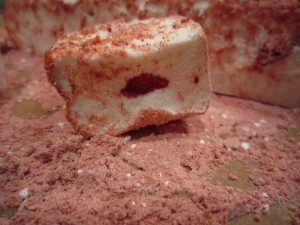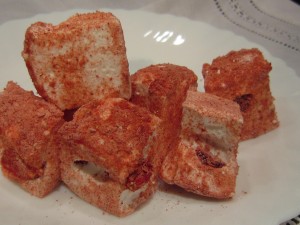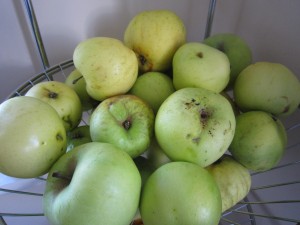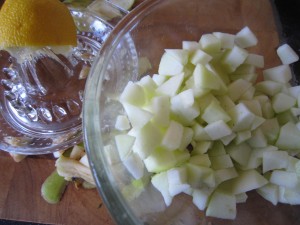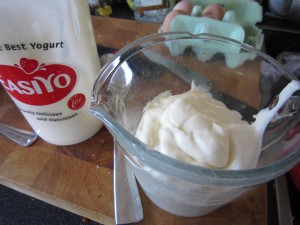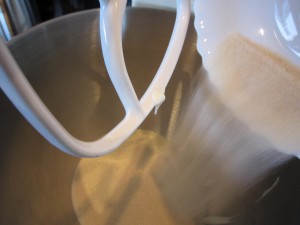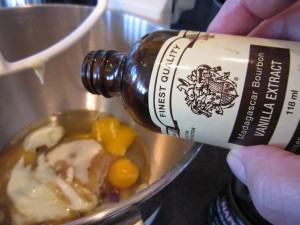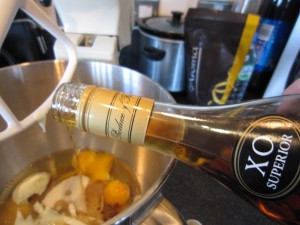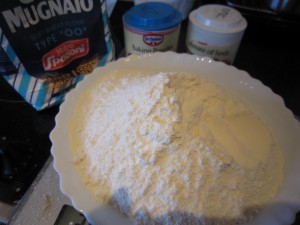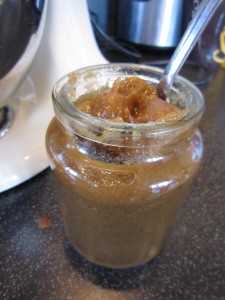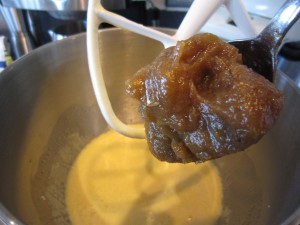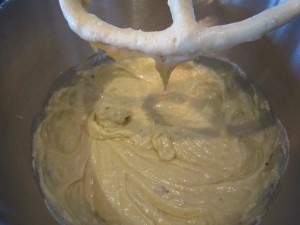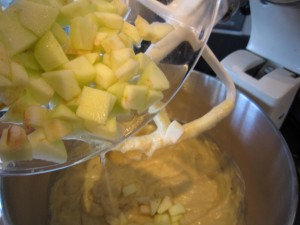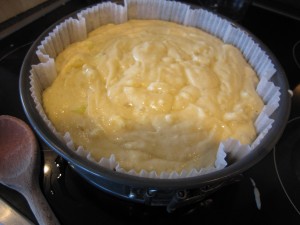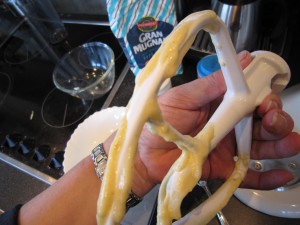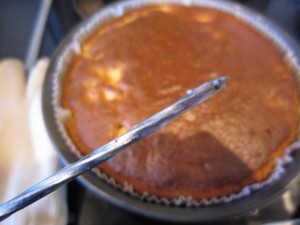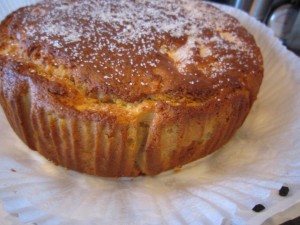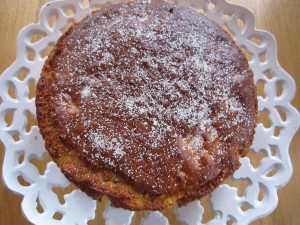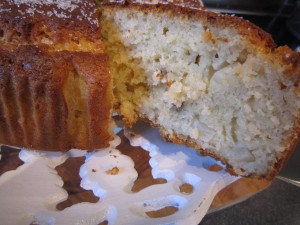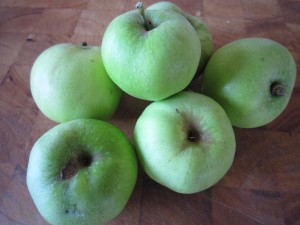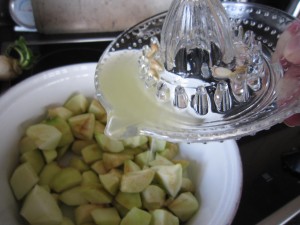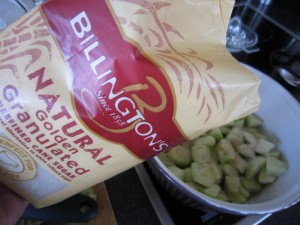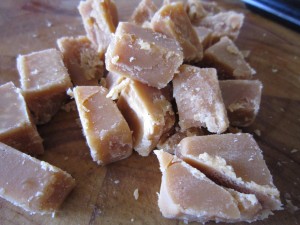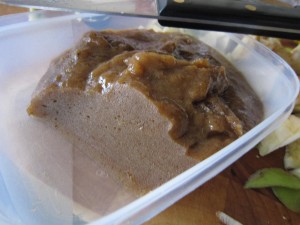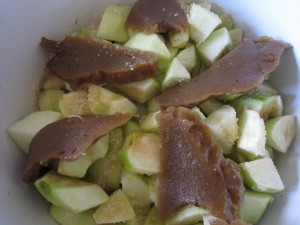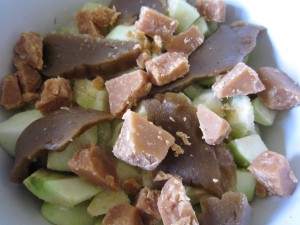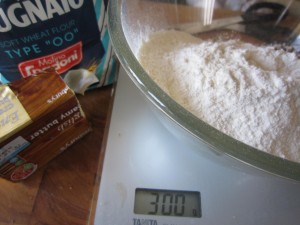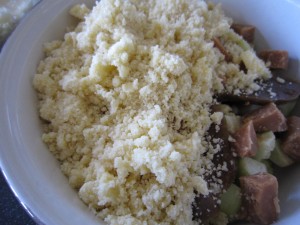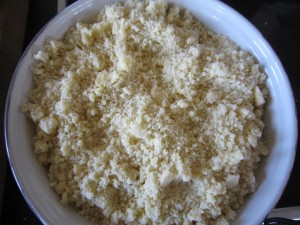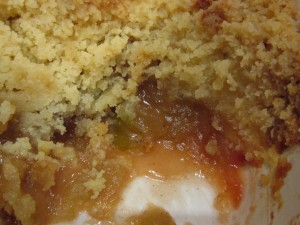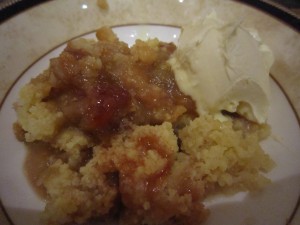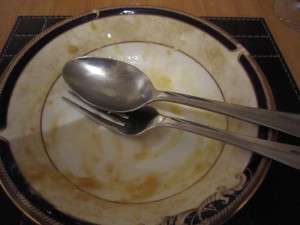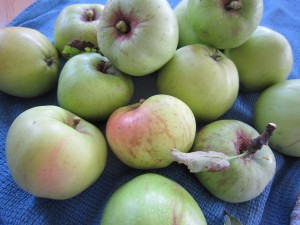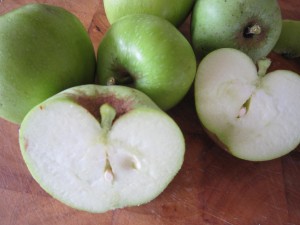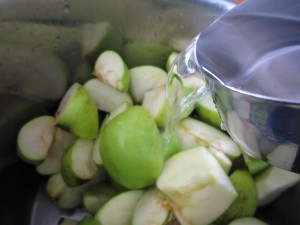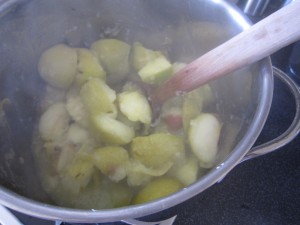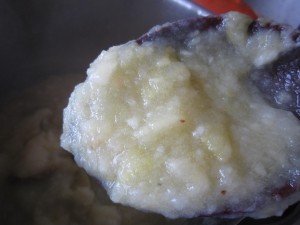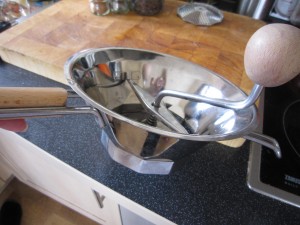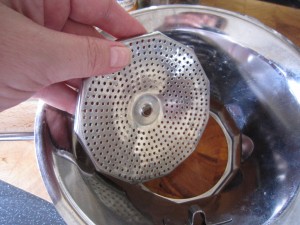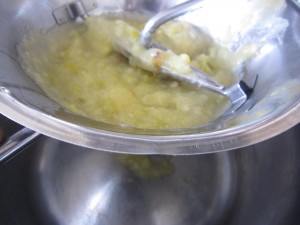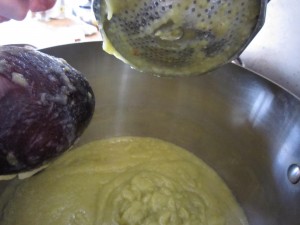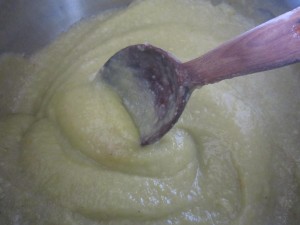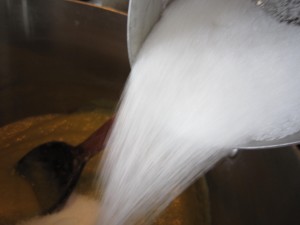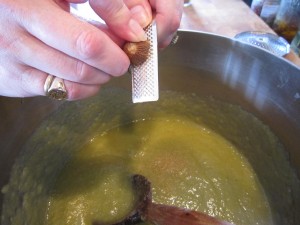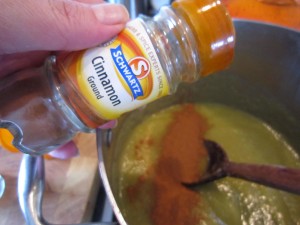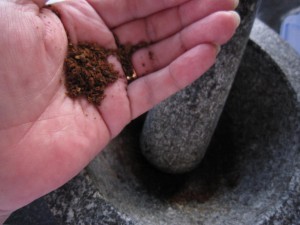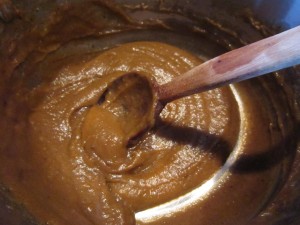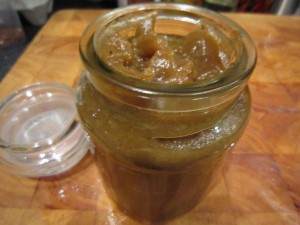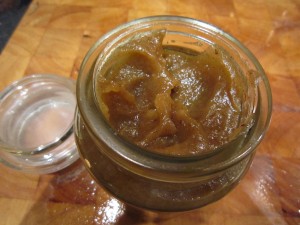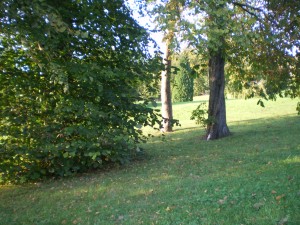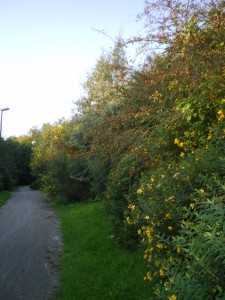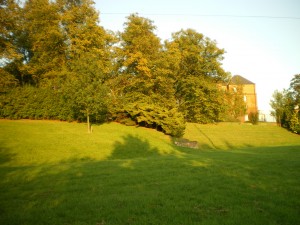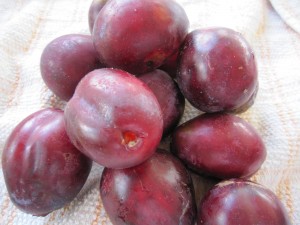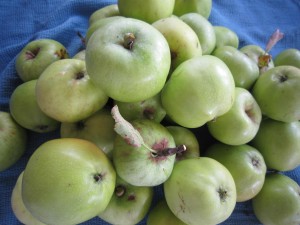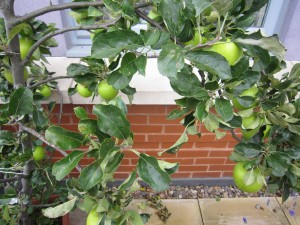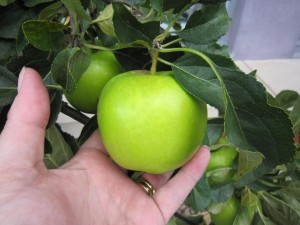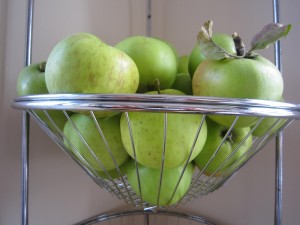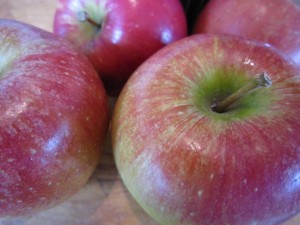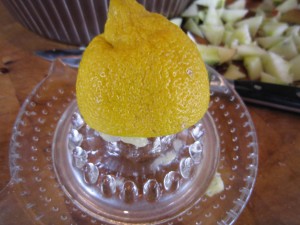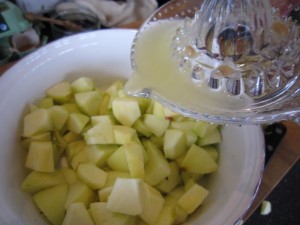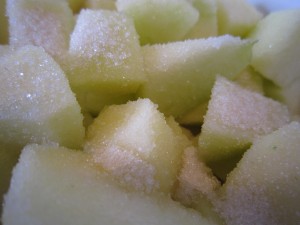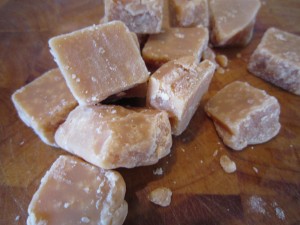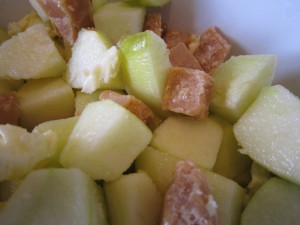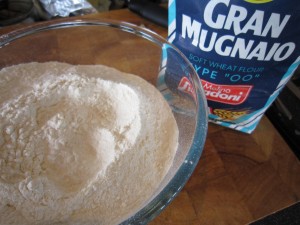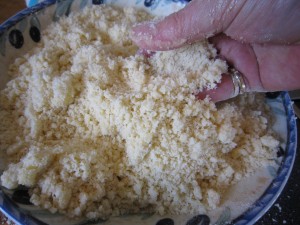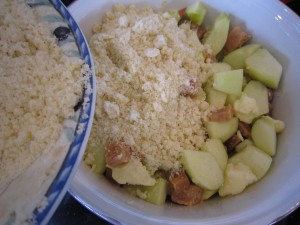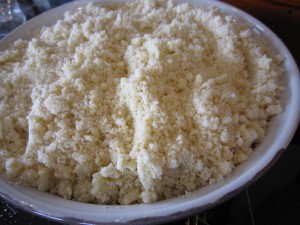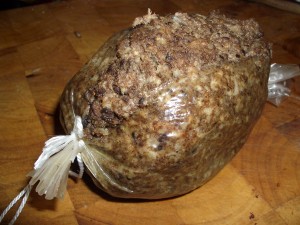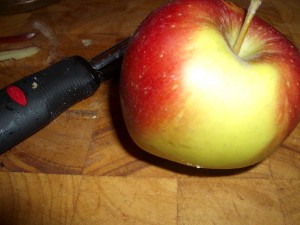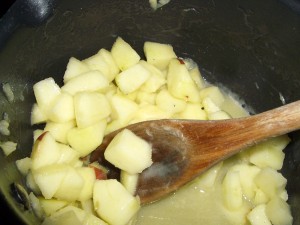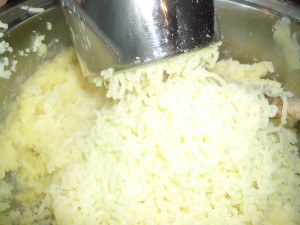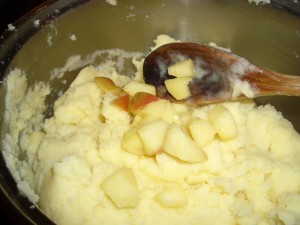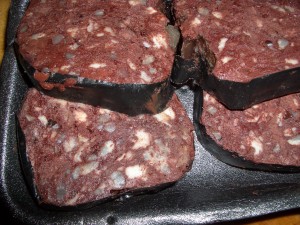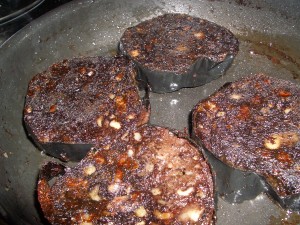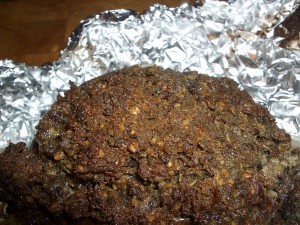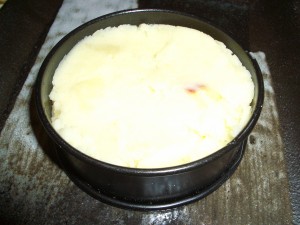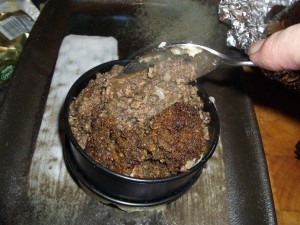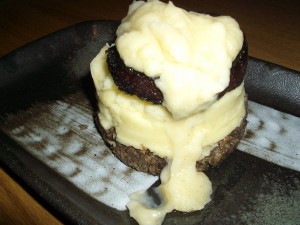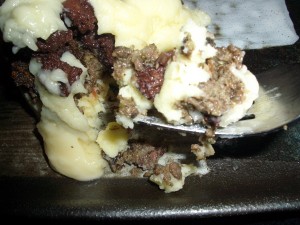Now that autumn is here we are starting to see the arrival of our glorious winter vegetables. As the seasons change, our food does too – we no longer want cooling salads or light and fresh meals, we need something to fill us and warm us against the chill winds and the leaves fall and the skies turn a constant grey.
When I walked up to the local shops I saw beautiful white cauliflowers, grown in local fields, stacked in the greengrocer’s barrow outside his shop. How could I resist them?
There was a time, you know, when I did resist them. When they appeared in school dinners… overboiled, smelling slightly and looking rather grey. If your teacher forced you to eat them you’d get a mouthful of hot water and the grey and tasteless, soft but weirdly sort of granular vegetable mush would dissolve in your mouth and slide down your throat. I was a picky child and I could be very stubborn. There was many a school lunchtime when I would sit there, with my jaws clamped shut, refusing to eat, while my teachers tried to make me.
Now, obviously, this isn’t a picture of me at a school dinner table (even the Grim North isn’t cold enough to make me wear an anorak indoors) but this is pretty typical of my sideways, scowling look when faced with something I didn’t want to do. I could be very determined. Cauliflower? No. And I mean no. Make me? I don’t think so. I mean no. I meant no for years.
Years and years went by until I finally discovered, as with so many things, that it is not the food itself that is the problem, it’s just the way you cook it. Cauli can be good….. I discovered the joys of Cauliflower Puree and realised that if you cooked it carefully and didn’t overload the poor vegetable with water, you would end up with a beautifully rich and almost earthy tasting, interestingly textured dish that really was gorgeous to eat.
Anyway, I’m over it now. I like cauliflower. I like it raw and I like it cooked and after I saw all of those crisp cauli’s I decided I’d like it, this week, in a soup.
I bought a couple of cauliflowers and then, because apples are in season as well, I got a couple of Bramley apples and a Braeburn.
I had an idea.
I would make a rich cauliflower soup but I’d add a Bramley apple to cook with it and add a sharp sweetness to the soup and as an extra apple boost, I’d caramelise an eating apple with chillies to go on the top. Bramleys are cooking apples and are generally too sharp to eat raw but when cooked they almost dissolve into a delicious mushy smoothness. That’s perfect when you are adding them to something like this soup or you’re making a sauce.
The Braeburn I got to go with it is an eating apple – sharp, crunchy, juicy and sweet. If you cook that it keeps it’s shape. If you can’t get a Braeburn, find something else that is like that.
So, to make soup, start like you always do with soup – peeling and chopping onions and then softening them in a knob of butter with a pinch of salt. The salt will keep the onions white and stop them from burning. You want them to be soft and almost translucent, so start them on a medium heat.
While they are gently cooking, cut up the cauliflowers, separating the florets. The hard stem, chopped into small pieces, can go in first with the onions as this will cook faster than the lacy florets.
When a cauli is fresh, the florets are crisp and hard and a beautiful creamy white.
Add them to the pan with a couple of pints of water and some good stock cubes.
The next thing is to peel, core and segment the Bramleys. They will take less time to cook so you can do this while the florets soften.
Add the pieces of apple to the cauliflower and let everything cook, still on a medium heat.
It won’t take long, so while that’s glugging away, start on the Braeburn. This is going to be turned into a deliciously sweet, sharp and spicy apple dressing to be served with the soup…
Peel your sweet, juicy, sharp and crunchy eating apple. Core it and cut into pieces.
I cut into segments and then cut those bits in half.
Then, in a non-stick pan, heat a couple of tablespoons of butter and a couple of tablespoons of golden granulated sugar over a medium heat. As this melts and dissolves into an almost caramelised buttery deliciousness, add some chopped chilli.
My chilli harvest this year has been an utter disaster, so tubes of prepared chopped chillies, which can be kept in the fridge, have been a marvellous help. An inch squeezed out – which would, I suppose, be about a teaspoonful – needs to be stirred into the sweetened butter.
Next, add the segmented bits of the Braeburn and stir it all round so the pieces are covered and let it cook gently. The apple will keep it’s shape even though it is cooked.
By now, the cauliflower will have cooked and when you poke at it with a knife, it is tender. If you were to just have this as the soup it would taste rather thin. The thing to do next is to add richness…
But richness can mean adding extra calories when you might be wanting to cut back. Why not save some calories but still get a rich and creamy taste?
This is where I add skimmed milk powder. If you were to start the cooking off with milk (skimmed or not) you would have to be very careful because there is every chance that the milk would catch and burn on the bottom of the pan. Starting the cooking off with water and stock means that the vegetables can cook with scorching but if you later then add milk to enrich it, you end up with too much liquid to the vegetables.
So, I use Marvel skimmed milk powder. No added fat (and no added liquid) but if you add a good scoop of it you get a lovely, creamy taste. 4 heaped tablespoons are the equivalent to a pint of milk.
Stir it round… yes, it will be lumpy but that doesn’t matter because you are going to blend it all into a smooth and creamy soup.
I use a stick blender because it is quick and easy.
Once it is smooth, add a good shaking of ground white pepper. I say white, because it does have a different taste to black pepper and it also looks better. You are making a beautifully pale and creamy soup….check the seasoning and and add a pinch more salt if you need to. The big thing is checking that the soup tastes good to you.
By now the Braeburn has softened. It still has its shape but it has turned a lovely golden colour. If you happen to taste it, the sauce is not too hot from the chillies and not too sweet from the sugar. There’s just emough salt from the butter to make it almost savoury. It just tastes divine.
A scoop of natural, thick Greek yoghurt can go in the middle…. the sharpness of the yoghurt is perfect against the smoothness of the cauliflower…..
And on top of that… a spoonful of the chillied and caramelised apples.
That was, as the Bear will tell you, absolutely delicious.
Minimal calories for a most delicious fresh and tasty soup. You can cut back further on the calorie count by not doing the chillied and caramelised apples but there’s a limit you know. Why not enjoy yourself?
Now if they’d served this at school there would have been a race to the tables to sit down and scoff….


